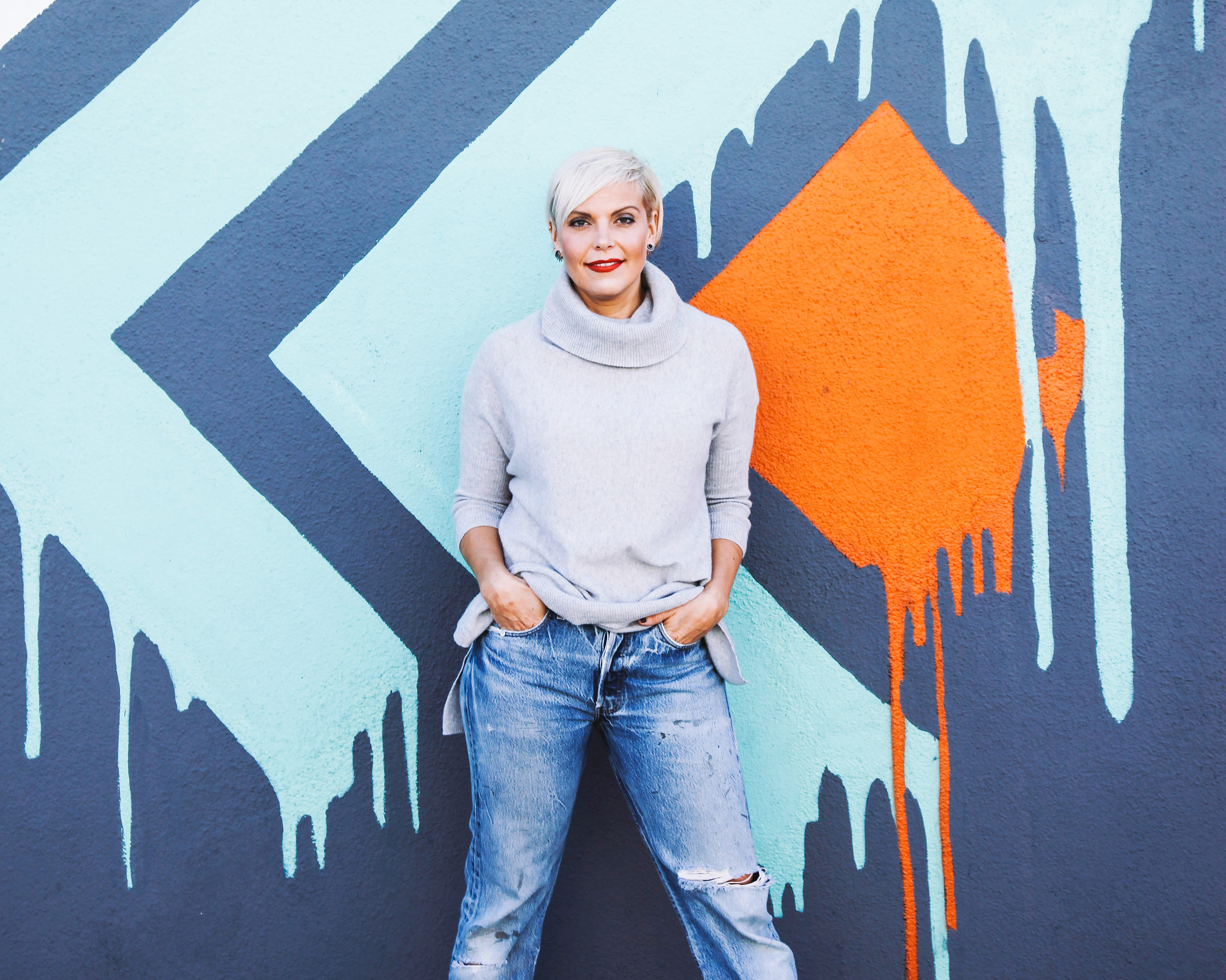
- Interview by Tina Essmaker March 22, 2016
- Photography by Amy Dickerson
Jenn Rogien
- costume designer
Jenn Rogien is a New York City-based costume designer known for her unconventional, multifaceted designs and dedication to narrative integrity. She currently works on HBO’s hit show, Girls, and Netflix’s standout original series, Orange Is the New Black, and has collaborated on campaigns with fashion brands like Sorel, Aerie, and The Gap. She earned her undergraduate degree at Yale University and later attended the Parsons School of Design.
Tell me about your path to becoming a costume designer. I was born and raised in Montana, but spent my high school years in Idaho. I’ve been involved in theater on some level since I can remember, and my interests were inherently in the transformative power of costume.
I attended a Christian elementary school and did everything from nativity pageants to Bible events, shows, and plays. Later in the public school system in Boise, Idaho, I acted in the annual springtime play and cobbled together costumes in my high school’s theater program. Our theater teacher was old-school and had an investment in telling stories. If a student wanted to explore a certain element of theater, he said, “Great, go do some research and show me what you’ve got.” I spent entire theater periods in the library studying costume and makeup design so I could transform my 15-year-old cast mates into wrinkled 60-year-olds.
After high school, I did my undergrad at Yale, which is somewhat renown for its theater program. During my four years there, I did some producing and stage managing, and I was a member of the Dramat Board, the nine-person executive board of Yale’s theater association that decides which shows will be produced throughout the year. I ended up in the costume shop by interest, but also by skill set, because my mother and grandmothers had taught me how to sew. At one point, I got the opportunity to work with a Broadway designer brought in by the Yale Dramat board and that’s when I connected that he was paying his bills with costume design, even though that still didn’t click with me on a personal level when I graduated.
When you went to Yale did you originally intend to study theater or costume design? No. I thought I would be a chemical engineer. (laughing) I took a full roster of chemistry, physics, and math courses. At the time, theater was a fun, blowing-off-steam extra-curricular. A lot of my family members are in medicine, and my father is in psychology, so engineering seemed like a logical, employable path to follow. When I got to college and did more theater than homework, it was a point of re-evaluation. I needed to examine my priorities and switch things up. I ended up declaring as a psychology major my sophomore year and then adding an art major my junior year.
I picked Yale because of its classical, liberal arts education, which was fantastic. Courses there were focused on analyzing and pulling out salient details, which is the most important part of my job now. It’s not about the clothes: it’s about looking at a script and teasing out details that tell you how characters think about their clothing, their lives, and themselves. I had also pursued a double major in psychology, which has turned out to be incredibly useful. What my parents thought was a relatively unemployable combination of psychology and art turned out to be a huge asset in my long-term career evolution.
Tell me about your first job after college. I went into retail at Saks Fifth Avenue because I needed a job once I moved to New York, and I loved fashion. It was a great fit. Saks is one of the best retailers in the world, and they offer a training program so employees aren’t going in cold. I didn’t want to be in that environment long-term, but the skills I learned are still useful.
Through various promotions and career decisions at Saks, I was only doing theater after hours. I wanted to reverse my time commitments, so I enrolled in Parsons School of Design to do a year of intensive, construction- and fashion-focused design.
“A lot of my family members are in medicine, and my father is in psychology, so engineering seemed like a logical, employable path to follow. When I got to college and did more theater than homework, it was a point of re-evaluation. I needed to examine my priorities and switch things up.”
How did you get work as a costume designer after studying at Parsons? While I was still in school, my roommate who was in the film business connected me with a director. That director hired me as a part-time personal and research assistant. About a year and a half later, the director’s film went into production, and he gently pushed me into the costume department instead of assisting him on set.
So you were able to break into the industry through a random connection? That’s really cool. I broke into the industry through a series of random connections combined with being open to saying yes to opportunities. They weren’t necessarily costume gigs, but they provided me with knowledge and offered experiences with parts of the business that became incredibly useful later on.
Something people ask me often is, “How do I get a job in costume design?” Say yes to anything that will get your foot in the door, even if it’s something you don’t necessarily want to do. And don’t do a shitty job of it, because you never know where those connections might lead you. Production is an incredibly collaborative environment, so the more you know about the various departments, the stronger you’ll be in whatever track you want to go into, whether it’s design or production or directing.
That said, production hours are not friendly. You may love clothing and have a passion for costume design, but if the rest of it isn’t for you, then it may not be the best match. I’ve had people who genuinely love storytelling and clothing shadow me, but after three 4am wake-ups in a row, they realize that they aren’t interested in being in the business long-term.
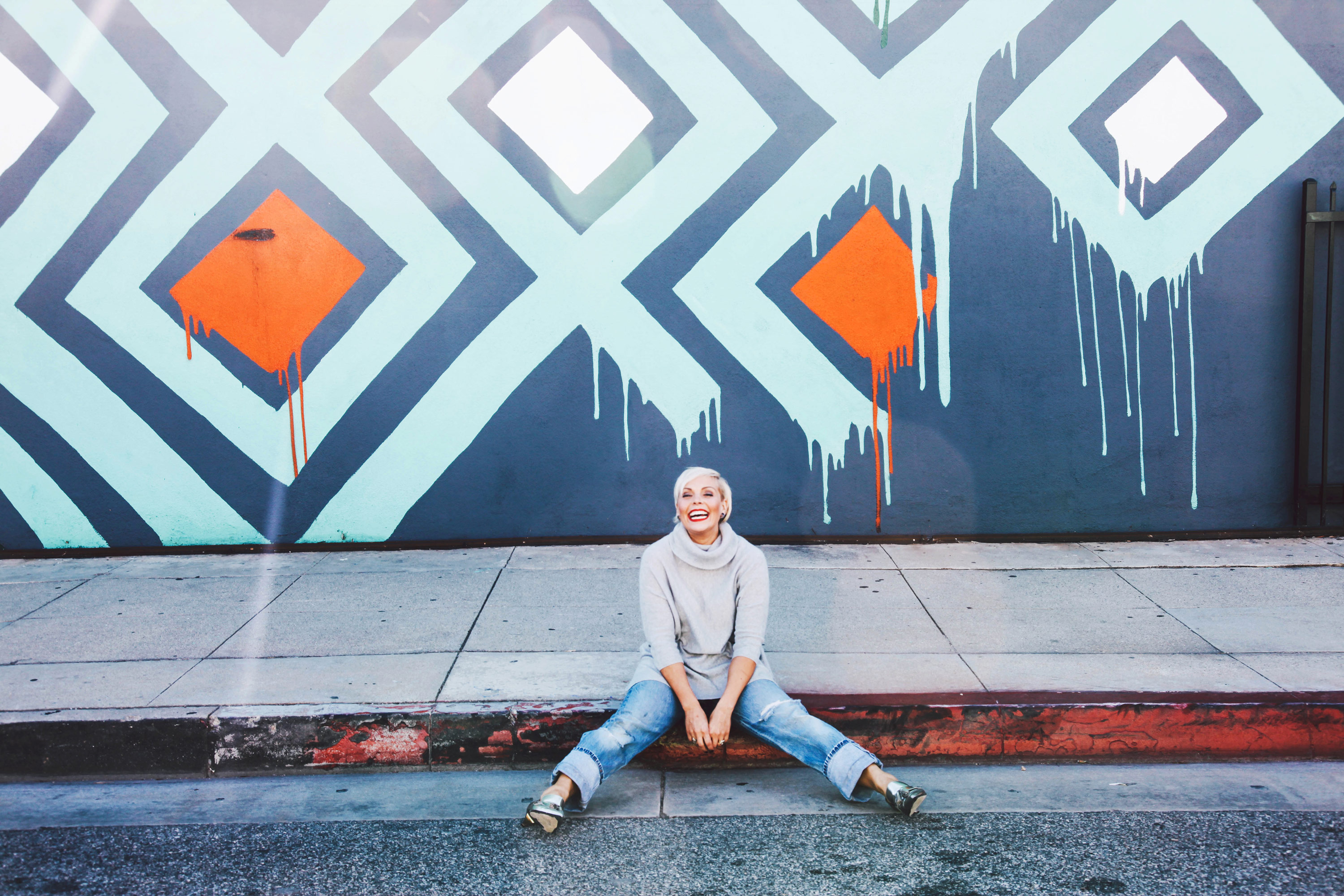
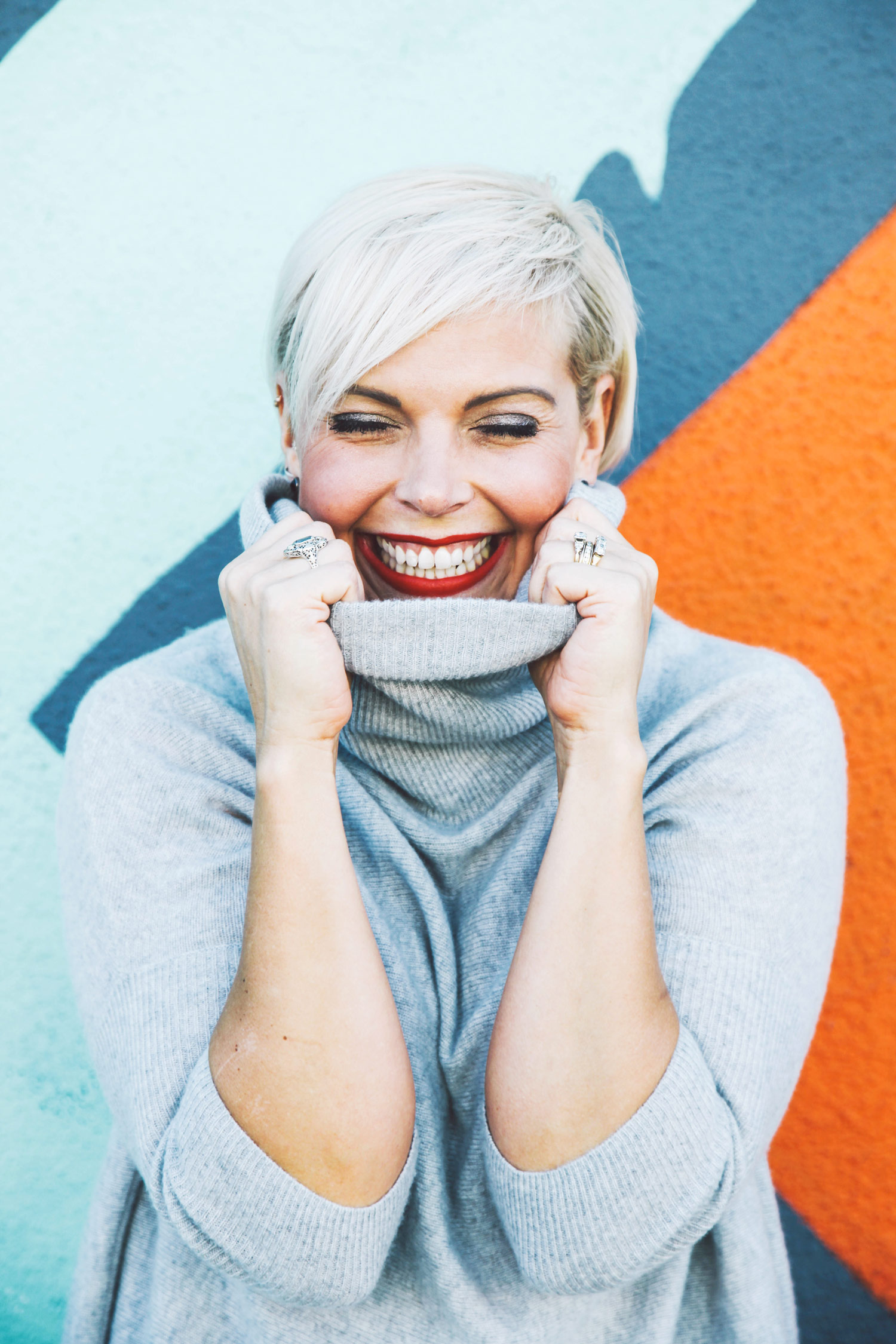
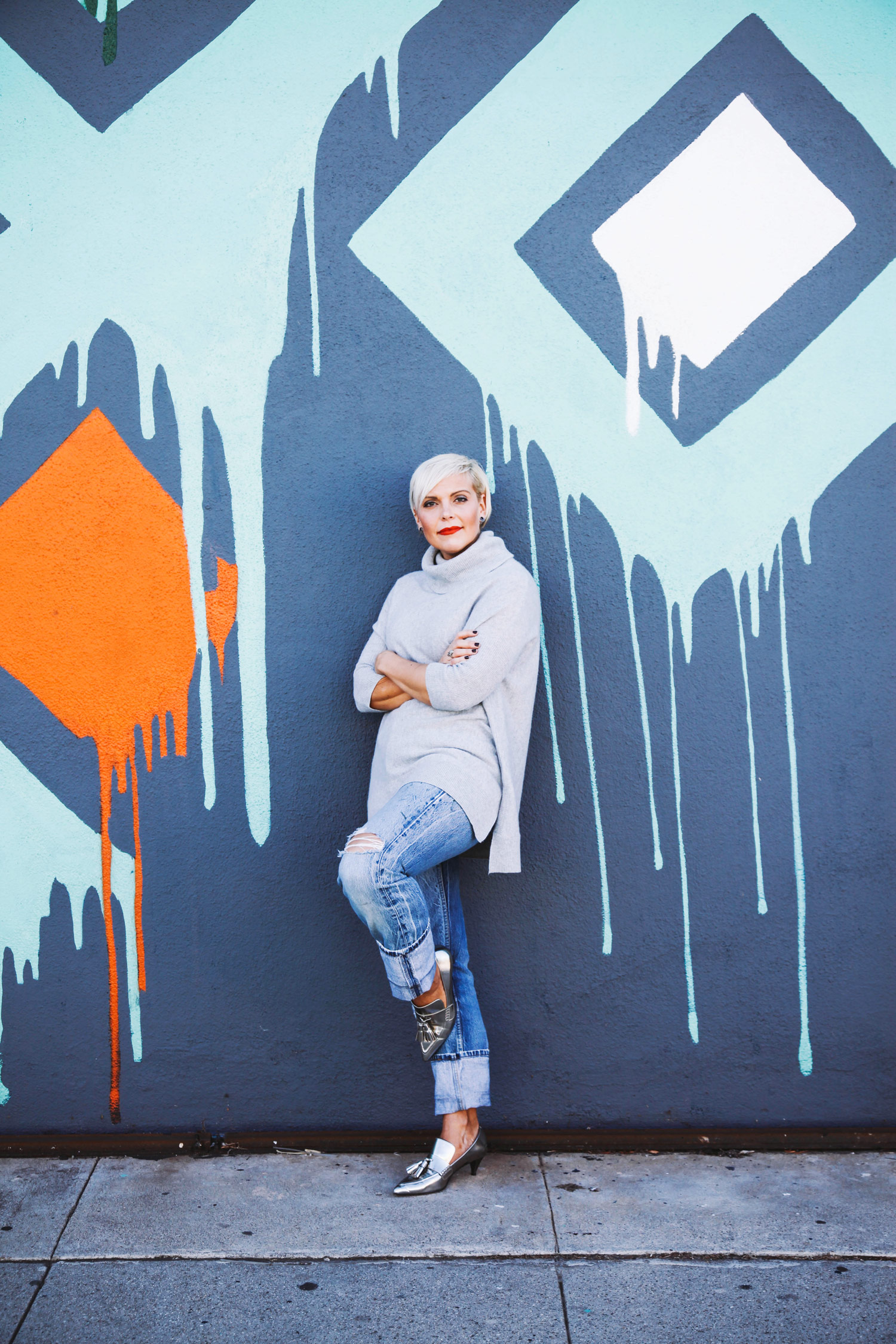
You currently work on two huge series, Girls and Orange Is the New Black (OITNB), which I absolutely love. How did you get involved with those shows? Sometime around 2012, I was working as an assistant costume designer for The Good Wife, which shoots in New York City. During that time, I got to know the producers on that job—one had mentored under a producer on Girls. They were catching up over dinner one night, and the Girls producer mentioned the need for a costume designer. My producer from The Good Wife told her, “I have someone you should meet. I’ll have her send her resumé over.”
When I heard that, I then wrote what was probably the most important cover letter of my entire life. Cover letters aren’t really a thing in production, but I needed to put together five sentences explaining that, yes, I was an assistant designer, but I had worked on projects of all different scales, which would prepare me for a project like Girls. From reading the information that was available, I knew Girls was going to be very creative and quick—a show with small budgets, big dreams, lots of comedy, and a lot of drama as well.
Now I want to read that cover letter that got you the job. It took me days to write that cover letter, but they must have liked it. (laughing) To this day, I still look at cover letters and resumés when they come in to me. Being concise in a production environment is important. Production moves so fast and no one has time to wait for a 30-minute explanation. You need to explain in two sentences why you made a certain choice.
Girls has been such a fun show to grow with. It’s the first show I’ve been with during my 12 years in the costume world where the characters evolve significantly every season. One of the challenges is making them look completely new, but still like themselves to show that they’re genuinely growing. That’s been fun and challenging.
Do you work with the same team of people for every production or does it change? It depends on the show. Girls is relatively small: it’s myself, an assistant, a production assistant, and a coordinator. The OITNB team is much bigger, with about seven people on the design end of things, and then a different team on set depending on how many characters we have that day. Our last day shooting the most recent season of OITNB was massive: we had 300 background actors and a couple of wildly different scenes, so there were lots of people on set. My team size scales up and down depending on those variables.
“When people became fascinated with the clothes in season one [of Girls], I didn’t understand why until I watched the show and realized, “Oh, I get it now. They’re real girls.” I remember being in that place when I moved to New York. I remember being in bad situations or making bad choices and desperately trying to connect with my friends…”
Have you taken any big risks along the way? Quitting my corporate job and going back to school with zero savings was a bit of a risk. My parents were a little concerned at the time, but they have been incredibly accepting and tolerant of my seemingly flying-by-the-seat-of-my-pants decisions. When I first moved to New York, my mom helped me get the deposit and first and second month’s rent. It’s crazy how much money you have to put down for an apartment! I didn’t have that kind of money coming out of school, and I’m pretty sure my parents didn’t either, but the “Bank of Mom” helped me out. (laughing)
I try to take creative risks with every job I sign up for. I look for stories I really want to tell.
Speaking of risks, I want to talk about the costumes on Girls. Costume design isn’t supposed to be noticed, yet it’s so integral to the characters’ stories. In the case of Girls, though, it’s been the opposite. People want to talk to you about those decisions. In my case, I’ve stepped out from behind the scenes in a large part due to Girls and the fascination viewers have with the clothing. People called and emailed me to talk about the costume design during the first season, but I was mystified because the characters wore thrift store clothes that we altered to look worse. (laughing)
Yeah, those outfits. Some of them made me ask, “You left the house in that?” (laughing) Yeah, and it was 1000% intentional! That decision was based on a brilliant, intuitive note from one of the show’s producers, Judd Apatow. On the first day of shooting, we put Lena’s character in a nice interview outfit: something fitted with Spanx, a low heel, and a belt. On the second day of shooting, Judd said, “Our audience isn’t going to believe this character is that much of a mess if she looks too good,” so we did a complete overhaul. All of Lena’s clothing had been fitted with Spanx, so we got rid of those; then we got rid of the heels and belts; then we mismatched the accessories and incorporated alterations that were intended for ill fit and unflattering waistlines. It was all in an effort to key into Judd’s note.
When people became fascinated with the clothes in season one, I didn’t understand why until I watched the show myself and realized, “Oh, I get it now. They’re real girls.” I remember being in that place when I moved to New York. I remember being in bad situations or making bad choices and desperately trying to connect with my friends, while not understanding why they felt alienated by something stupid that I did.
What’s the most rewarding aspect of your work? The most rewarding part of my job is the moment in the fitting room with the actor and my team when we look in the mirror and say, “Oh, there it is!”
Now that you’re paying your bills as a costume designer, are you creatively satisfied? Absolutely. A big part of that is because I work on projects that are as wildly different as Girls and OITNB. I approach the process in the same foundational way, but the context, characters, cues, and scripts are completely different. I also collaborate with brands, like Sorel, with which I’ve done a campaign with for two years now. Working on different projects holds my attention and keeps me engaged. Around the time I start to feel like I know what I’m doing, the project wraps, and then I jump into something new.
My work is an investment for me, both emotionally and psychologically. It’s gratifying on a lot of levels. Don’t get me wrong—there are days when I’m like, “This fucking blows. Nothing is working out. I can’t find that one thing in the script, and I can’t make it because it’s from a different era, and I’m going to have to tell my producers and director that I can’t do it.” That’s a huge fear: having to tell my creative team, “I can’t do it,” because I want to deliver.
What’s your best advice for someone starting out? It’s tough because there are a million ways to get into this business. There is a relatively direct route: study costume design as an undergrad and network with your professors who have worked in the business. You can also send a resumé out of the blue. Once every year or two, I look for a production assistant for my team and I call people in for interviews. I’ve met a couple people who have turned out to be great team members and colleagues of mine through cold submissions like that.
When I talk to someone who wants to get into the business, it’s really helpful to me if they know why they want to be in the business. It’s not enough to just love clothes.
Right, because you work long days and it’s hard work. What does a typical day look like for you? There isn’t a typical day. Here’s an example: on Monday I was in meetings, on phone calls, and doing tons of online research and shopping. On Tuesday I was on the set of OITNB dressing 150 people as inmates and 150 more for a flashback scene. The next day I was on a photoshoot with a completely different team of people, being introduced to clothes they work with every day, while everyone asked me questions I was so not used to answering. And the day after that, I went to market appointments and scouted Saks Fifth Avenue for shoes. There are days when I never go to my office and there are days when I don’t leave the office. I think it might drive some people nuts to not know where they’re going every day, but it’s suits me brilliantly.
What type of legacy do you hope to leave, personally or professionally? There are a couple designers whose careers are really inspiring to me in that sense. Mark Bridges, the first designer I worked for, has such a wide variety of projects on his resumé that are so different in tone and scope. Tom Broeker does costume design at SNL and also did 30 Rock at the same time. I think about that, and it makes me want to work in all kinds of different creative spaces. Sometimes I worry that I’m only that designer who does gritty Brooklyn. That’s fun, but I also want to do a big fashion show someday, or a show set in the 1950s. I want to do projects that are compelling because they’re great stories about interesting characters, and I want to connect people with those characters through their clothing.
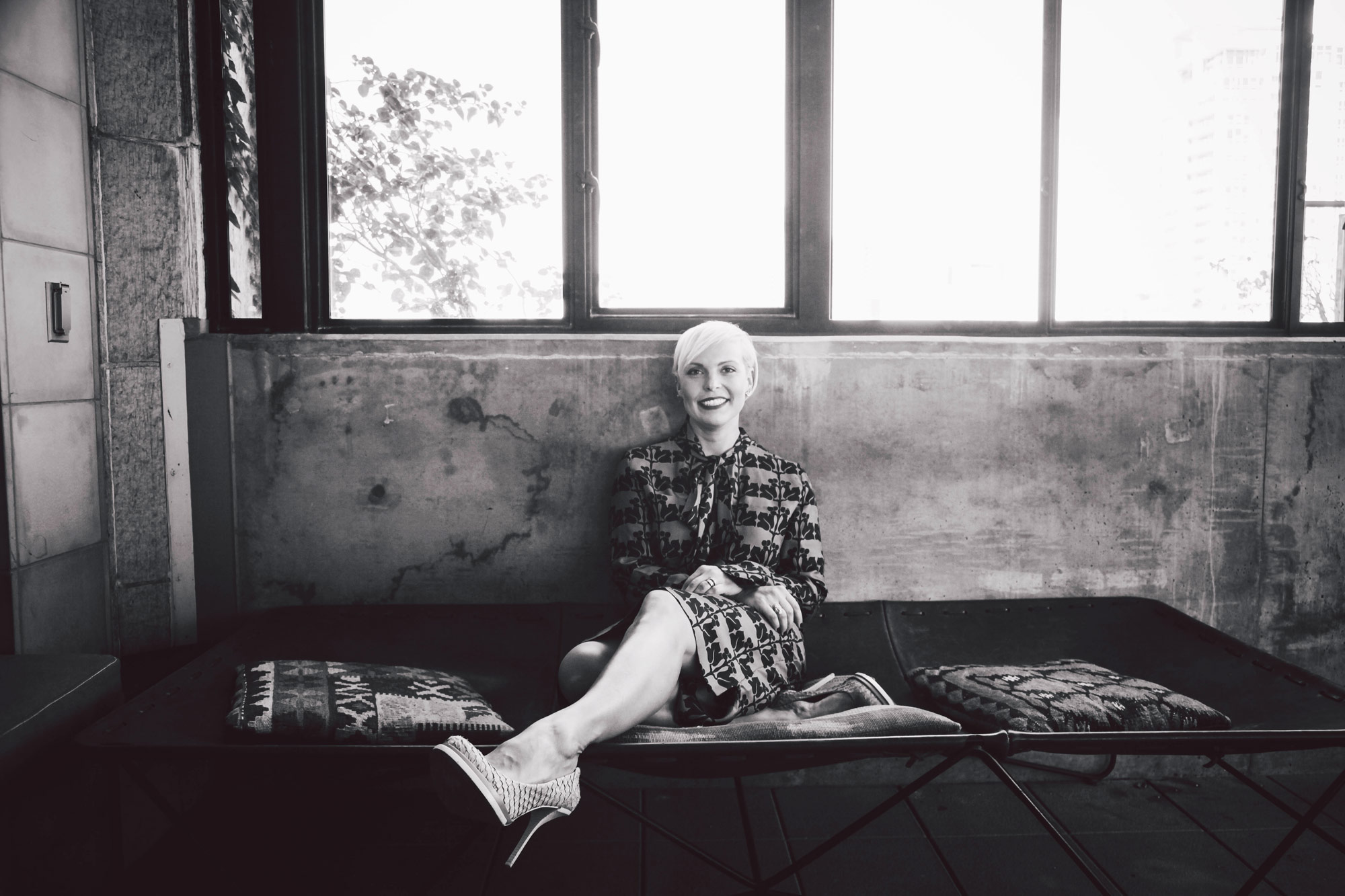
“Say yes to anything that will get your foot in the door, even if it’s something you don’t necessarily want to do. And don’t do a shitty job…you never know where those connections might lead you.”
